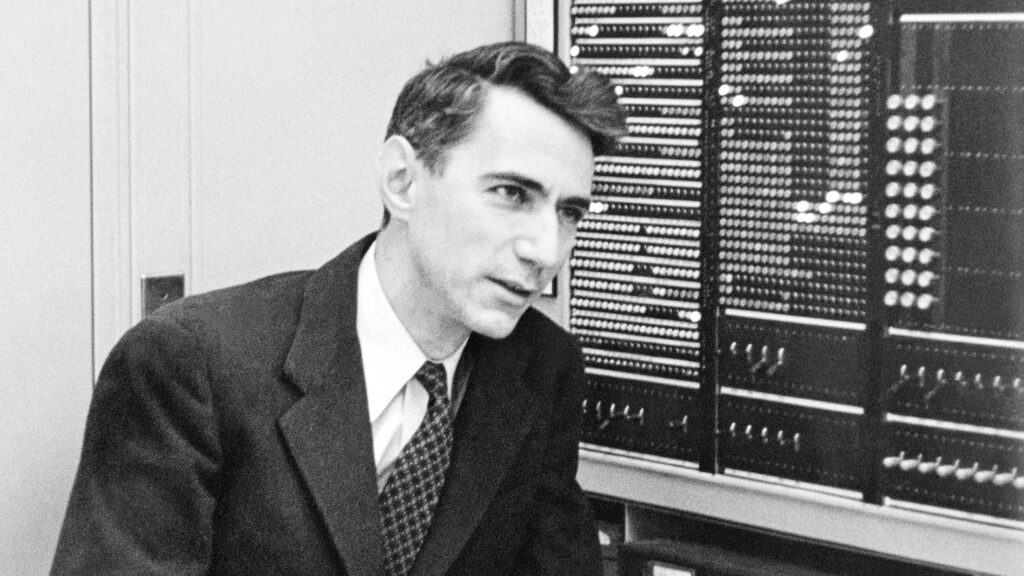“They suggest that the ‘bit’ is the irreducible kernel and that ‘information’ forms the very core of existence.”
Gleick, James. The Information: A History, A Theory, A Flood. New York: Knopf Doubleday Publishing Group, 2011.

In the introductions to The Information by James Gleick and The Cybernetics Moment by Ronald Kline, the authors discuss the emergence of the Information Age and some of the founding theorists in the field of information theory. Gleick’s introduction focuses on the work of Claude Shannon, who helped define what ‘information’ means in the context of science and engineering. The article brought up an interesting comparison between Shannon and Issac Newton that I found rather interesting. Newton had to define what motion to discuss motion scientifically, and so to did Shannon with the term ‘information.’ While less focused on the work of Claude Shannon, Kline’s introduction places similar importance on information theory, noting that it’s just as important as the development of information technologies. My previous notions surrounding what the ‘information age’ was all about were seriously questioned with the introductions. These authors put forth the idea that the development of new technologies is important to understand this era of history; however, understanding what ‘information’ is allows those new technologies to be brought forth from the theoretical to the physical world.
Reading these introductions made me think about potentially creating an assignment that discusses correlations between information exchange systems on a microscopic level, like cellular interactions, and on a universal level, like black holes or gravity fields. I’m not 100% sure about how this project would look, but I do think there could be some similarities between the small and large-scale information systems that could be presented in an interesting way.
I didn’t read Gleick’s introduction, so I liked how you mentioned the comparison he made between Newton and Shannon. It’s always interesting to see how different fields overlap. For instance, how some subjects use the scientific method despite not being a STEM field. To know that Shannon had to prove her discoveries about information in the same way Newton did with his laws of motion is fascinating.